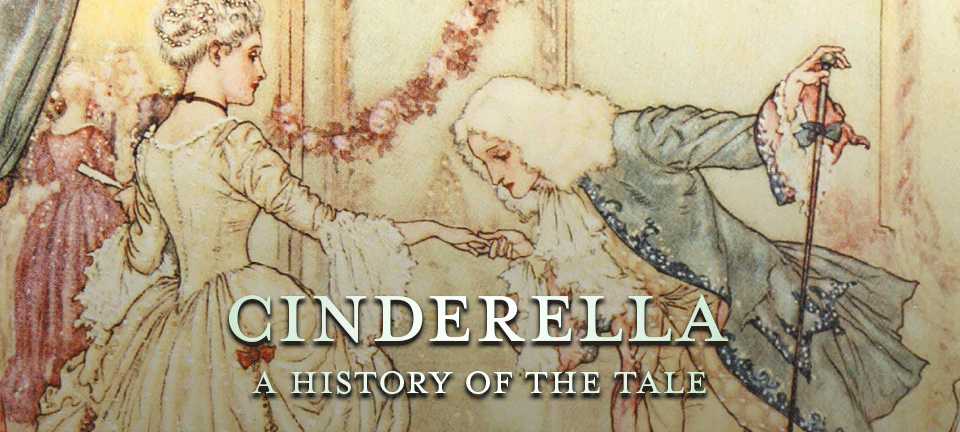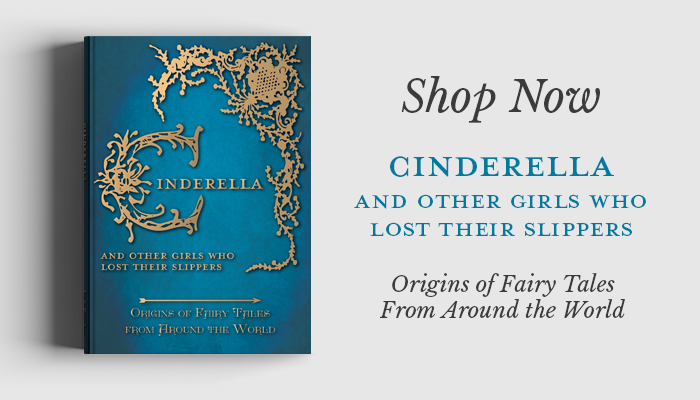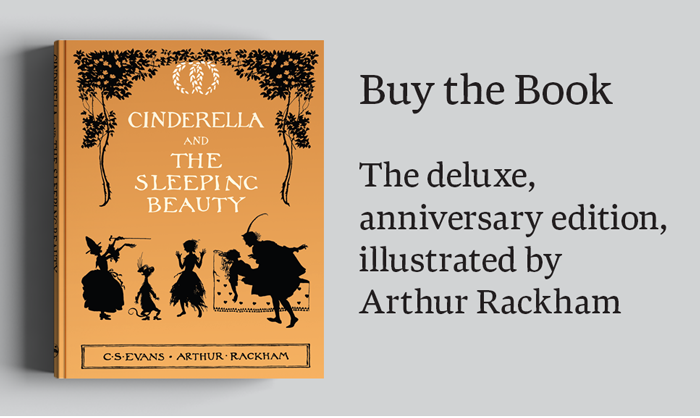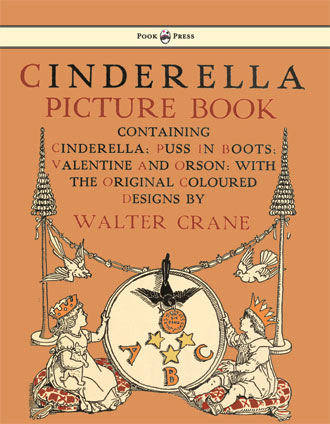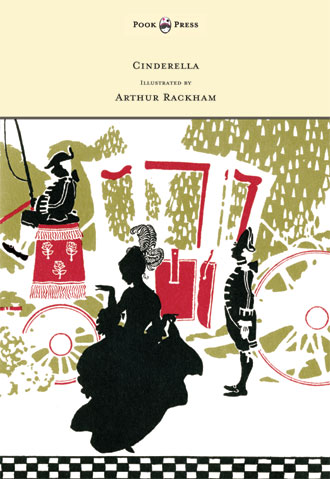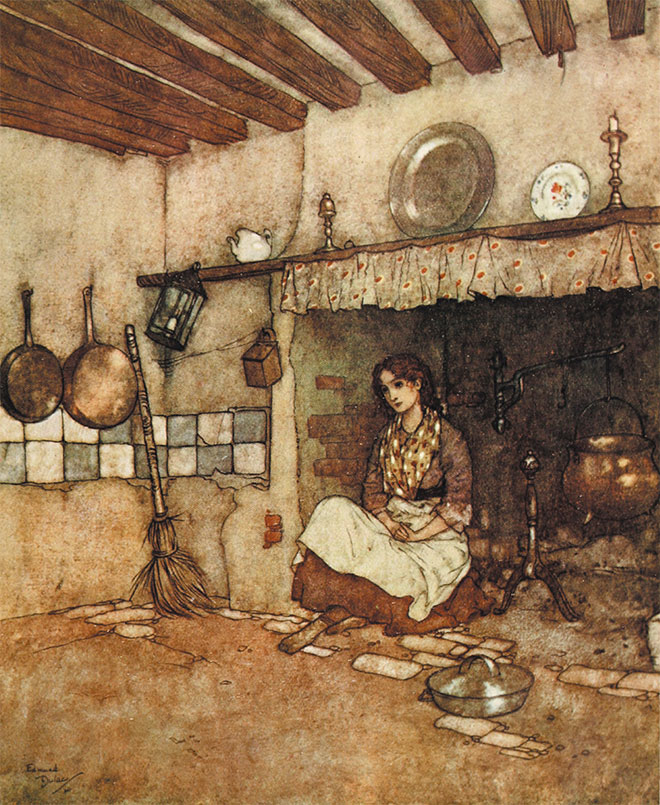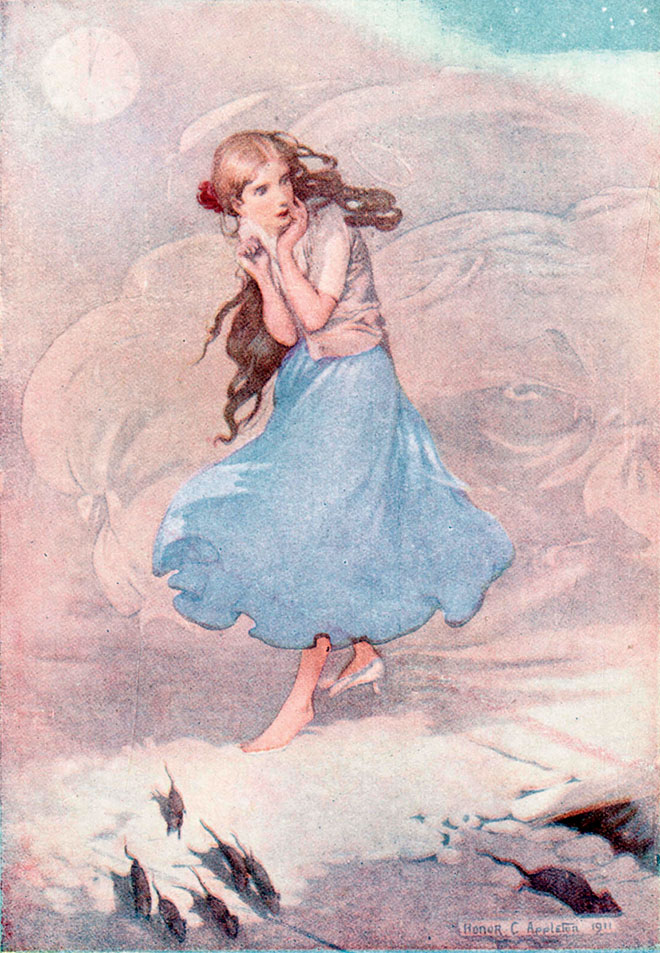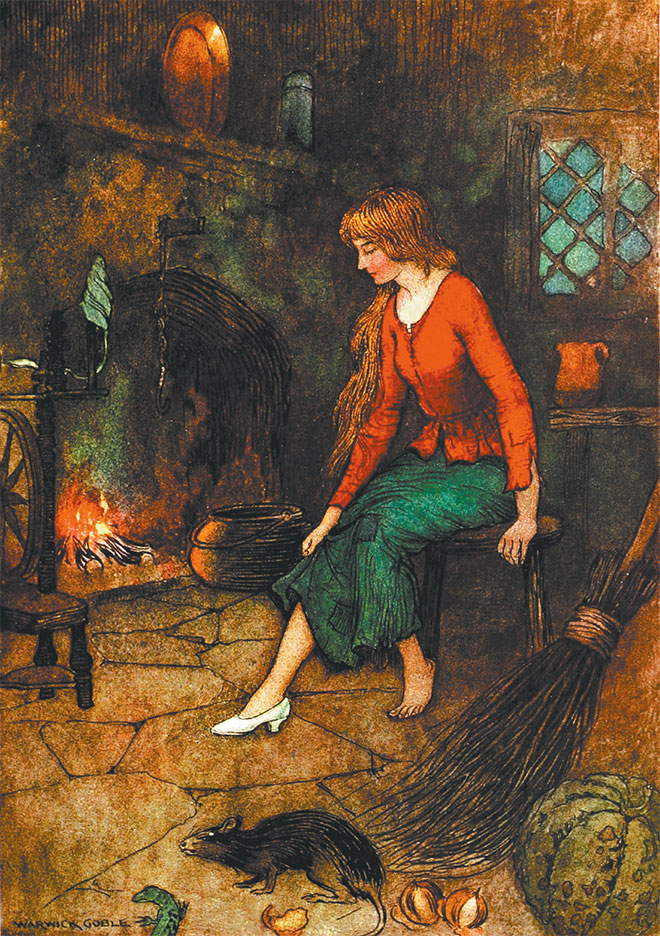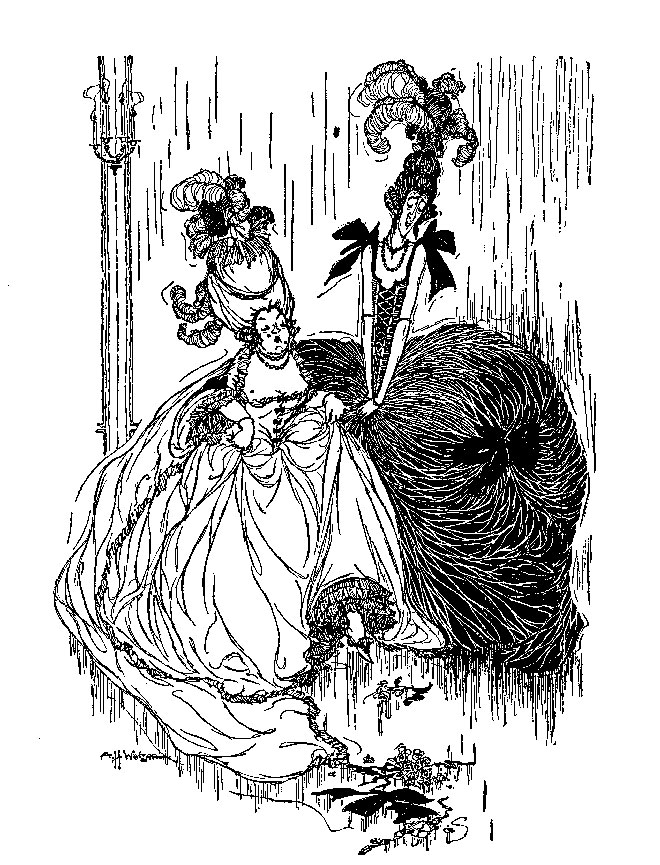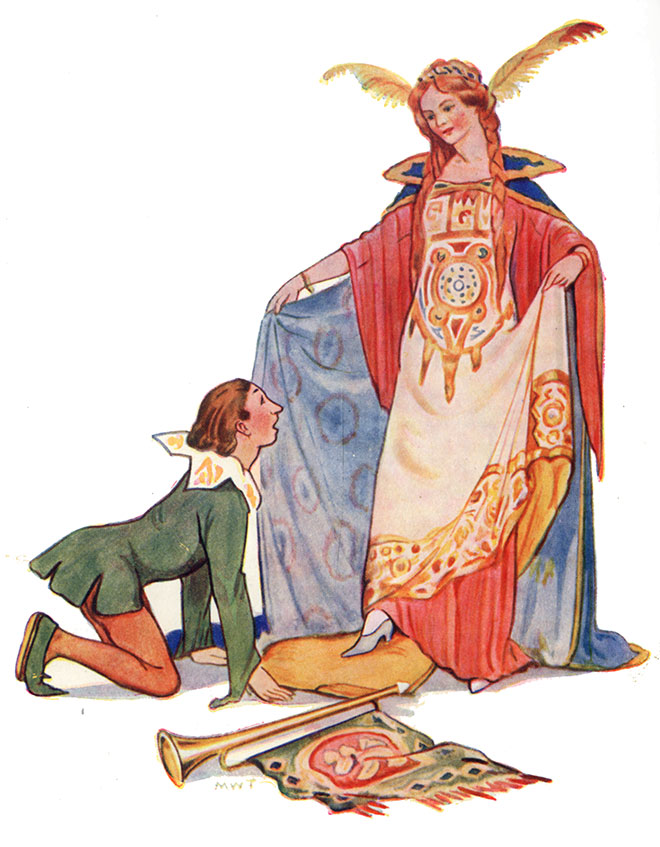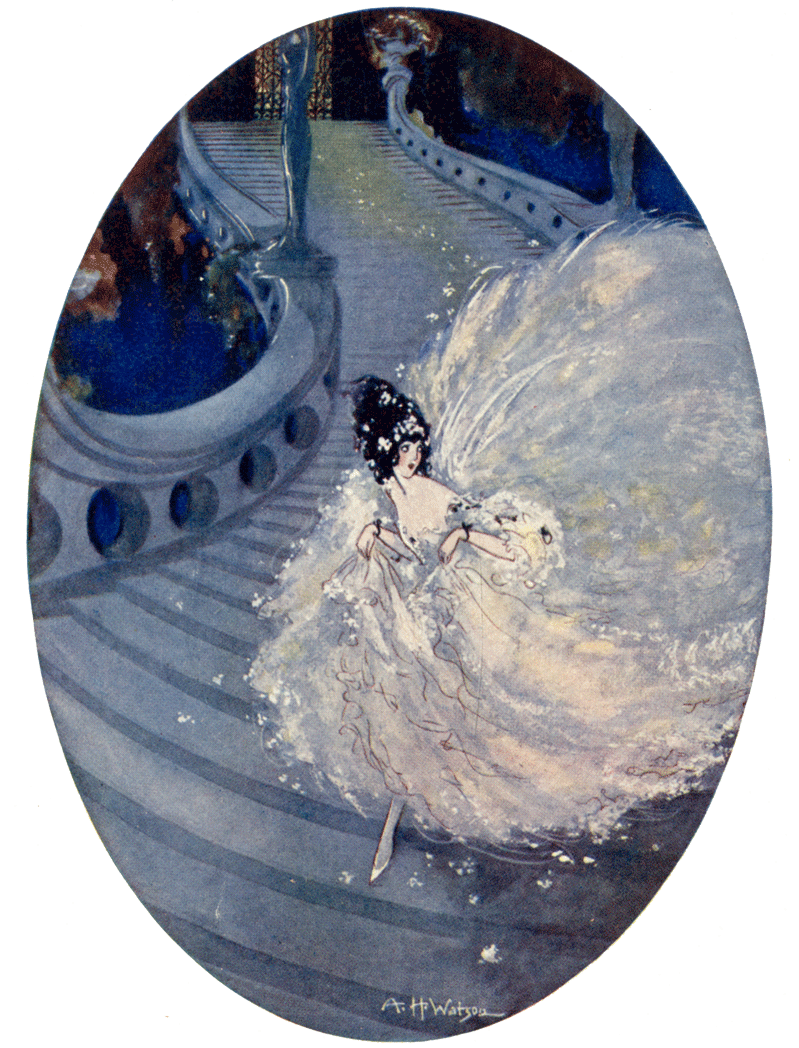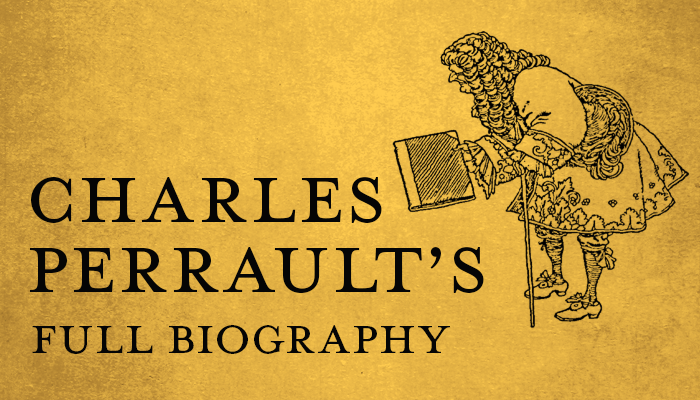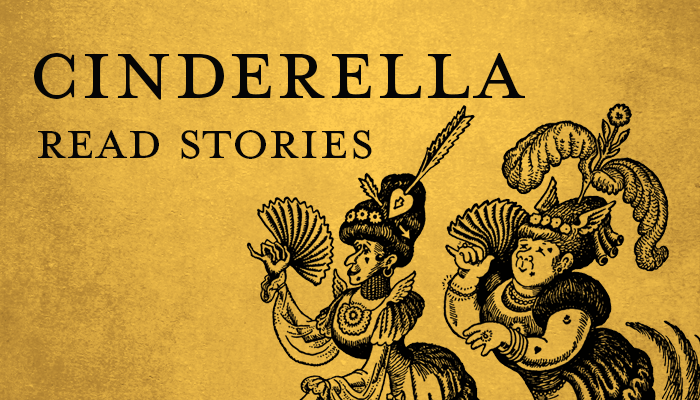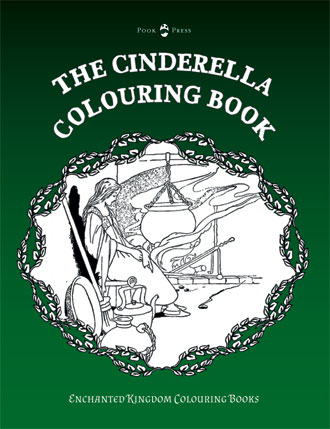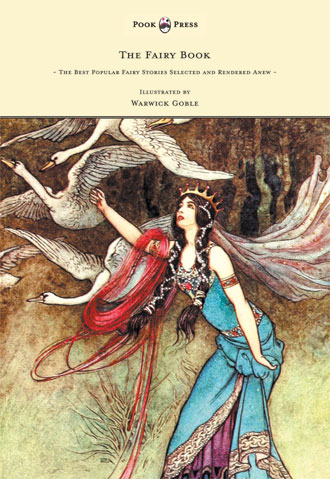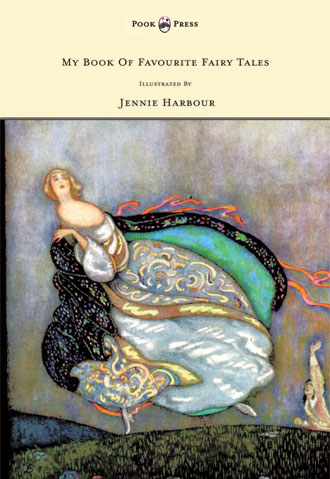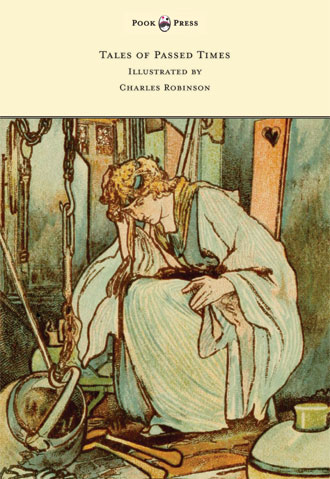The History of Cinderella
Cinderella is one of the best-known stories of all time. It has appeared across many different eras and in many different cultures. According to varying estimations, there could be anything between 350 and 1500 different versions of the tale.
Cinderella is one of the best-known stories of all time. It has appeared across many different eras, and in many different cultures, and according to varying estimations, there could be anything between 350 and 1500 different versions of the tale. The very basics of the narrative revolve around a kind and just young woman (the Cinderella character), who suffers some form of unjust oppression – usually at the hands of her step-family. The supernatural element comes in the form of a guardian (referred to as the ‘Fairy Godmother’ in the European tradition), who enables Cinderella to be recognized for her true worth. But aside from this rough narrative framework, storytellers around the world have varied the literary details with considerable panache.
The Original Cinderella
The earliest recorded version of the Cinderella story comes from Egypt. The oral tale of Rhodopis and Her Little Gilded Sandals depicts a Greek slave girl who eventually marries the king of Egypt. It was first recorded by a Greek geographer (Strabo) in the first century BCE. Aside from another retelling by the Roman historian Claudius Aelianus in Varia Historia, few versions appeared until Tuan Ch’eng-Shih penned a variant of the tale in ninth-century China. From the way in which it was written, it is thought that Chinese readers were already familiar with the chain of events. This is in itself nothing surprising, as most folk and fairy tales emerged in the spoken tradition, but what is thoroughly intriguing is the spread of this idiomatic tale. How did it travel from first-century Greece to ninth-century China (with little evidence of its progress in-between) – and then sink into little-known obscurity before appearing in seventeenth-century France?
In the Chinese version, the protagonist is called Yeh-Shen, and there is no fairy godmother. Instead, there is a magical fish that helps her and a golden shoe which leads the Prince to his eventual bride. The next written version does not appear until 1634 with the Giambattista Basile account of Cenerentola (published in Pentamerone). This little-known collection of fairy tales (little known at the time at least), most likely inspired the adaptation in Charles Perrault’s Histoires ou Contes du Temps Passé. The French author was the first person to introduce the now ubiquitous Fairy Godmother into the diegesis. He also established the much-loved pumpkin carriage, anthropomorphic animal servants and the little glass slippers, or Le petite Pantoufle de Verre. Perrault reported that he was told the story by some anonymous folk-story-tellers and added the extra details for literary effect. Some scholars claim that he confused vair (French for ‘fur’) with verre (meaning ‘glass’), which would explain how the famous slipper came to be made of the most impractical glass!
The Glass Slipper
Folklorists have indeed long studied versions of this tale across cultures. In 1893, Marian Roalfe Cox, commissioned by the Folklore Society of Britain, produced Cinderella: Three Hundred and Forty-Five Variants of Cinderella, Catskin and, Cap o’Rushes, Abstracted and Tabulated with a Discussion of Medieval Analogues and Notes. A lot of attention, perhaps unsurprisingly, has been paid to Cinderella’s lost slipper, a mark of feminine beauty and daintiness.
The slipper is of red satin in Madame d’Aulnoy’s Finette Cendron (1697) and of plain satin in Joseph Jacob’s Rashin-Coatie (1894). The test of fitting the owner recurs in Peau d’Ane (another Perrault tale), where a ring, not a slipper, is the object, and the same is the case in The Wonderful Birch (a Finnish/Russian variant). What is especially interesting about these stories though, is not the archetypal ‘princess’ moments, but how older, generally much more barbaric variations have been bowdlerized by subsequent authors.
In many older examples of this story (as we have already seen), the fairy godmother role is played by a friendly beast or object. Early societies (especially Indian tribes) transformed their beast-ancestors (totems) into the figures of human ancestors with similar names. Correspondingly, as this process happened over time, the roles filled by beasts in the early European Märchen came to be assigned to men and women in later versions of the tales. In The Wonderful Birch, the place of the friendly beast is taken by the ghost of the protagonist’s mother (who had been turned into a sheep, murdered and eaten). In a Modern Greek version, the mother is eaten by her daughters except for the youngest (the Cinderella character), who refuses the hideous meal. The dead woman magically aids the youngest, and the rest of the narrative follows as usual. In the Scottish variant of Rashin-Coatie, the mother dies – but leaves her daughter a Red Calf which aids her, until it is slain by a cruel stepmother. At this point, similarly to the Russian story, the daughter buries her bones under a stone, where she is thereafter granted wishes. The idea of a mother’s love surviving her death inspires this legend, and despite the many savage details, the stories produce a touching effect.
SELECTED BOOKS
Aschenputtel by the Brothers Grimm
Perhaps the second most prominent version (after Perrault’s) is the Brothers Grimm’s Aschenputtel (1812). The supernatural ‘help’ in this account also comes from a wishing tree that grows on her mother’s grave. Unlike other variants though, Aschenputtel’s relationship with her father is ambiguous. Perrault’s version states that the absent father is dominated by his second wife, explaining why he does not prevent the abuse of his daughter. However, the father in the Grimm’s tale plays an active role in several scenes, and it is not explained why he tolerates the mistreatment of his child. In such folktales there is often a favoritism (shown by the author, if not the parents) for the youngest child, and the custom which allots this child a place by the hearth or in the cinders (‘cencere’, ‘cendres’, ‘asche’). This notion declares itself in the various names of Cinderella; Aschenputtel, Ventafochs, Pepelluga, Cernushka, all signifying blackness – chiefly from contact with the coals.
Perrault understood the story as having two morals, firstly that:
“Beauty is a treasure, but graciousness is priceless.”
And secondly that:
“Without doubt it is a great advantage to have intelligence, courage, good breeding, and common sense. These, and similar talents come only from heaven, and it is good to have them. However, even these may fail to bring you success, without the blessing of a godfather or a godmother.”
Here, even in this later ‘tamed’ version, the timeless virtue of loyalty to one’s kin (and love in return) is seen as the ultimate graciousness. As a testament to this stories ability to inspire and entertain generations of readers, the Cinderella tale continues to influence popular culture internationally, lending plot elements, allusions, and tropes to a wide variety of artistic mediums. It has been translated into fifty languages, and very excitingly, is continuing to evolve in the present day.
More on Cinderella

